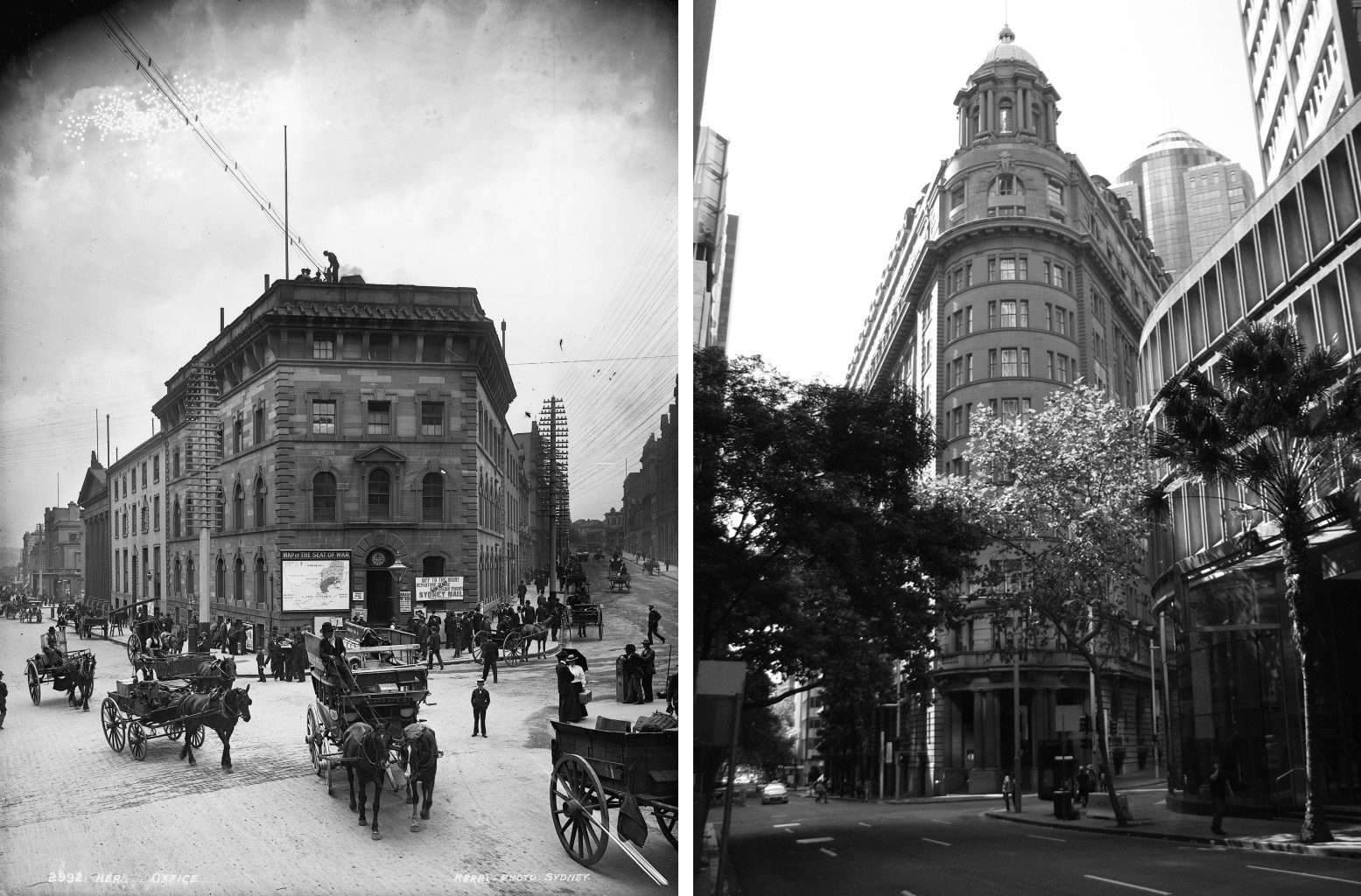Paint out of a can it is not—but spray paint is way more fun, and lasts longer than the bucket kind, too. “With spray paint, you can get to hard-to-reach places and get a higher gloss finish compared to regular paint,” says Andi Morse, founder and principal designer of Morse Design, in Atlanta, Georgia. Try it when you want to make over furniture, or to give glass pieces and other decorative items a bold, new hue, Morse suggests.
Not all spray paints are created equal, according to Alyssa Haber, a product expert with the paint brand Glidden, which just launched its first spray paint, Max Flex. “You want to use a fan-shaped spray versus conical because it gives you a flawless finish,” she says. “Traditional cone-shaped sprays can drip.”
Haber also recommends lacquer-based spray paint because it won’t crack when you apply it to flexible surfaces and is less likely to streak (go for a rust-resistant variety, if you’re painting outdoor furniture.) “A lacquer-based product takes the human error out of spray painting, giving you a professional-looking finish, even if it’s your first spray paint project,” she says.
Before you unleash your inner DIY artist, study this handy guide of the 7 most common do’s and don’ts when wielding a can of aerosol paint. Spritz, spritz, and spray away!
DO cover your surroundings (with two layers)
Aerosol paint has the ability to spread, sneaking through every opening. Since it’s extremely difficult to remove from surfaces, double down on your protection plan. New York Mural artist Andrew Tedesco puts down a layer of plastic, and then a drop cloth on top. Wear gloves and a mask or goggles. If you’re inside, open windows.
DON’T paint outside on hot days
Spray paint shrinks if you paint on an extremely hot day, says Morse. Outside temperatures should range between 50°F and 90°F, and relative humidity should be below 85%. Check the forecast for rain, too. “If it’s too hot, you’ll see that when the paint dries, the area may not be completely covered around the edges,” she says.
DO shake the can
Tedesco says you should shake your can for at least two minutes. “It’s helpful to set a timer because two minutes of shaking feels like a very long time,” he says. “Your arm will get tired, but keep going. There are solids and liquids inside the can that need to be mixed properly with the little metal ball that you can hear inside.” Shaking the can too briefly usually results in paint that looks very thin—not the look you want for a successful project.
DON’T skip primer
Priming the surface you’re going to paint is key, Morse says. The paint sticks to it much better than without primer. “If you don’t prep, the paint may crack, flake, and go on unevenly on the surface you are painting,” she says. Paint may look as if it’s adhering, but you may find it peeling later.
DO spray lightly
Three coats of thin passes are always better than a single thick coat, Tedesco says. The paint will go on smoother, and the end result will be more professional. Wait at least 20 minutes between coats, though dry time may range between one and four hours. Just because you can touch it, doesn’t mean that it’s dry. For the last coat, start a new can (don’t forget to shake!) The paint at the bottom of a can isn’t as high quality, not what you want for the final finish.
DON’T spray too close
When starting any spray paint project, distance is your friend, according to Haber. “You can always move closer if necessary,” she says. To ensure that you are starting at the best distance, do a test on a piece of scrap paper or cardboard to get a sense of how much product comes out. Haber’s rule: always start 10 inches away, and then decide if you should spray closer.
DO spray beyond the edges
Haber says that to avoid “puddling” or “tripping,” DIYers should hold the can upright six to 10 inches from the surface and spray in a steady back-and-forth motion, slightly overlapping each stroke. “It’s important to spray beyond your project,” she says. Stopping right at the edge could cause heavy buildup that can run along the sides.




